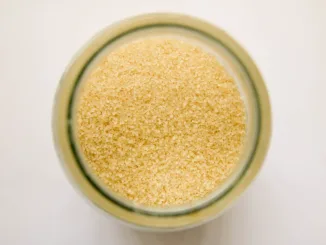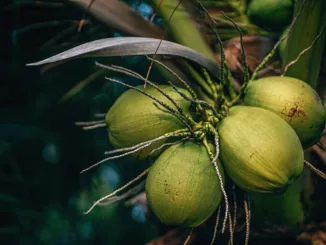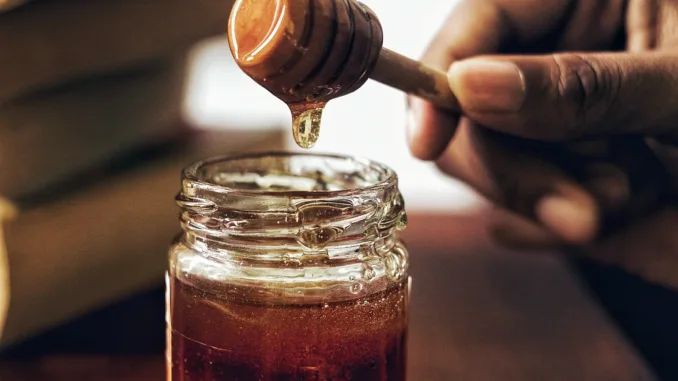
Not all sweeteners are made equal! In this series, we’ll take a closer look at different types of sweeteners and syrups—starting with honey.
BY EMILY JOY MENESES
BARISTA MAGAZINE ONLINE
Featured photo by Arwin Neil Baichoo via Unsplash
Though you can’t go wrong with simple syrup or the tried-and-true vanilla, there are many options when it comes to sweeteners. In our new series “Know Your Sweeteners,” we’ll explore a variety of sweeteners—molasses, maple, agave, and more—and uncover what unique qualities each one brings to the café table. Today, we’re starting our exploration with honey—how it’s produced, what differentiates different types of honey from one another, and more!
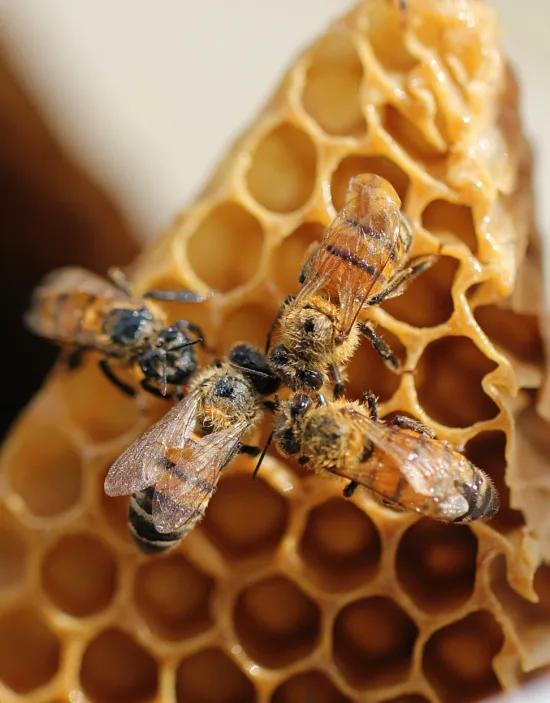
Honey Production: The How and Why
It’s no secret that bees produce honey—but do you know why? Bees live off of two types of food: pollen and nectar, both of which come from flowers. However, flowers aren’t always in bloom, which is why bees produce honey. It’s a preserved form of nectar that they can use as sustenance during winter, or anytime flowers aren’t accessible to them.
Bees make honey in their “honey stomach”; this specially adapted organ contains enzymes that break nectar down into its simpler sugars: glucose and fructose. “Forager” bees will collect nectar from flowers, which they’ll begin to break down in their honey stomachs as they transport it back to the hive. At the hive, the forager bees will pass the honey on to “house” bees. House bees will break the nectar down even further, then deposit it into the honeycomb.
While the nectar is stored in the hive’s honeycomb, the bees will help reduce the nectar’s water content by fanning it with their wings until the water begins to evaporate. Once the honey has reached the desired consistency (with a water content below 20%), the bees will seal the honeycomb with wax, fully preserving it.
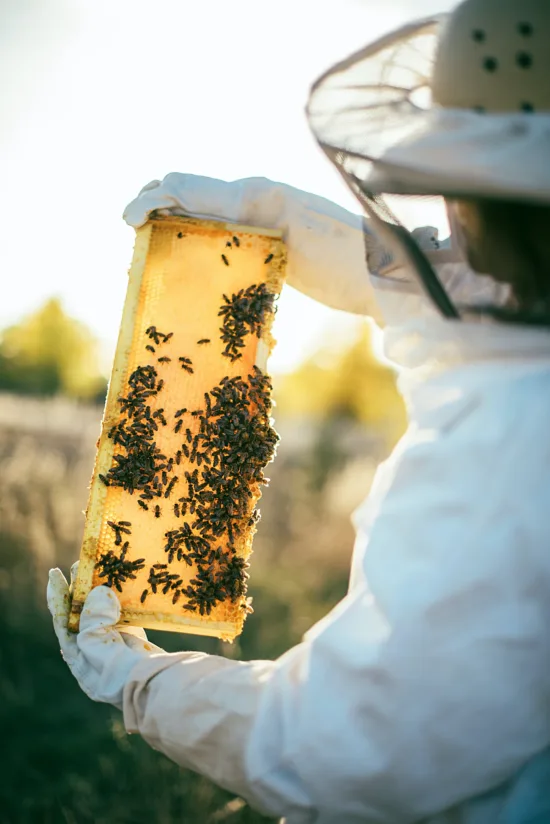
Discerning the Different Types
When you look at the honey section of your local grocery store or farmers market, you might notice that there are different types of honey, like “avocado honey” and “orange blossom honey.” These different types aren’t made by adding different ingredients and flavors to honey, though. Different types of honey, with unique aromas and flavors, can be produced by getting nectar from different plants.
Avocado honey, for example, is produced when bees feed off of the nectar from avocado tree blossoms. This rare type of honey is dark in color with a robust, buttery flavor reminiscent of molasses. Orange blossom honey, on the other hand, is lighter in color and texture, displaying bright, citrusy flavors. Other popular types of honey are wildflower honey, alfalfa honey, and even eucalyptus honey.
Raw Honey—Worth the Price?
When purchasing honey, you might be confused at how vastly it can differ in price from brand to brand. When looking at the labels, you may be asking yourself what exactly “raw honey” is, and how it differs from other honey.
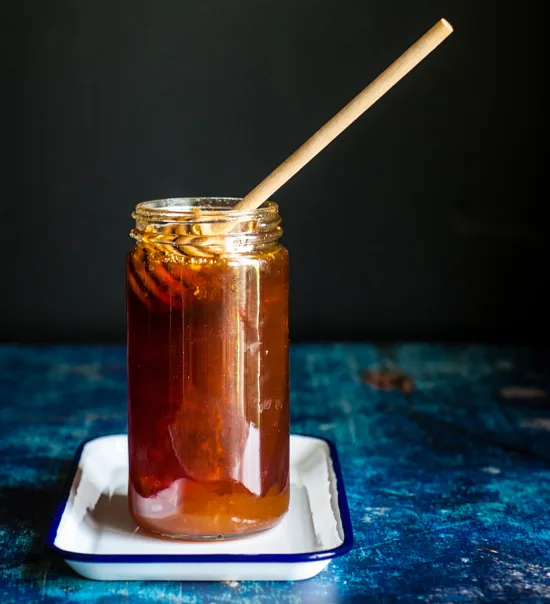
Raw honey is best described as honey sourced directly from the hive. It’s bottled with no extra processes like pasteurization or filtration. Because raw honey production requires more careful handling, raw honey is typically more expensive than other honeys. However, it’s much more nutritious, as the heat applied for pasteurization destroys most of the honey’s nutritional properties.
When choosing whether to use raw honey or not, it’s important to consider what you’re using it for. If you’re seeking out honey’s health benefits—its antioxidant, antimicrobial, and anti-inflammatory properties—you’ll be best off with raw. However, if you’re just looking to lightly sweeten a beverage and don’t want to spend as much, you’ll be fine using another type of honey.
Stay tuned for part two of our honey exploration, where we’ll discuss environmental and animal rights concerns surrounding production, and how the industry is addressing them.
ABOUT THE AUTHOR
Emily Joy Meneses (she/they) is a writer and musician based in Los Angeles. Her hobbies include foraging, cortados, vintage synths, and connecting with her Filipino roots through music, art, food, and beverage.
Subscribe and More!

Out now: It’s the December 2023 + January 2024 issue! Read it for free with our digital edition. And for more than three years’ worth of issues, visit our digital edition archives here.
You can order a hard copy of the magazine through our online store here, or start a subscription for one year or two.


